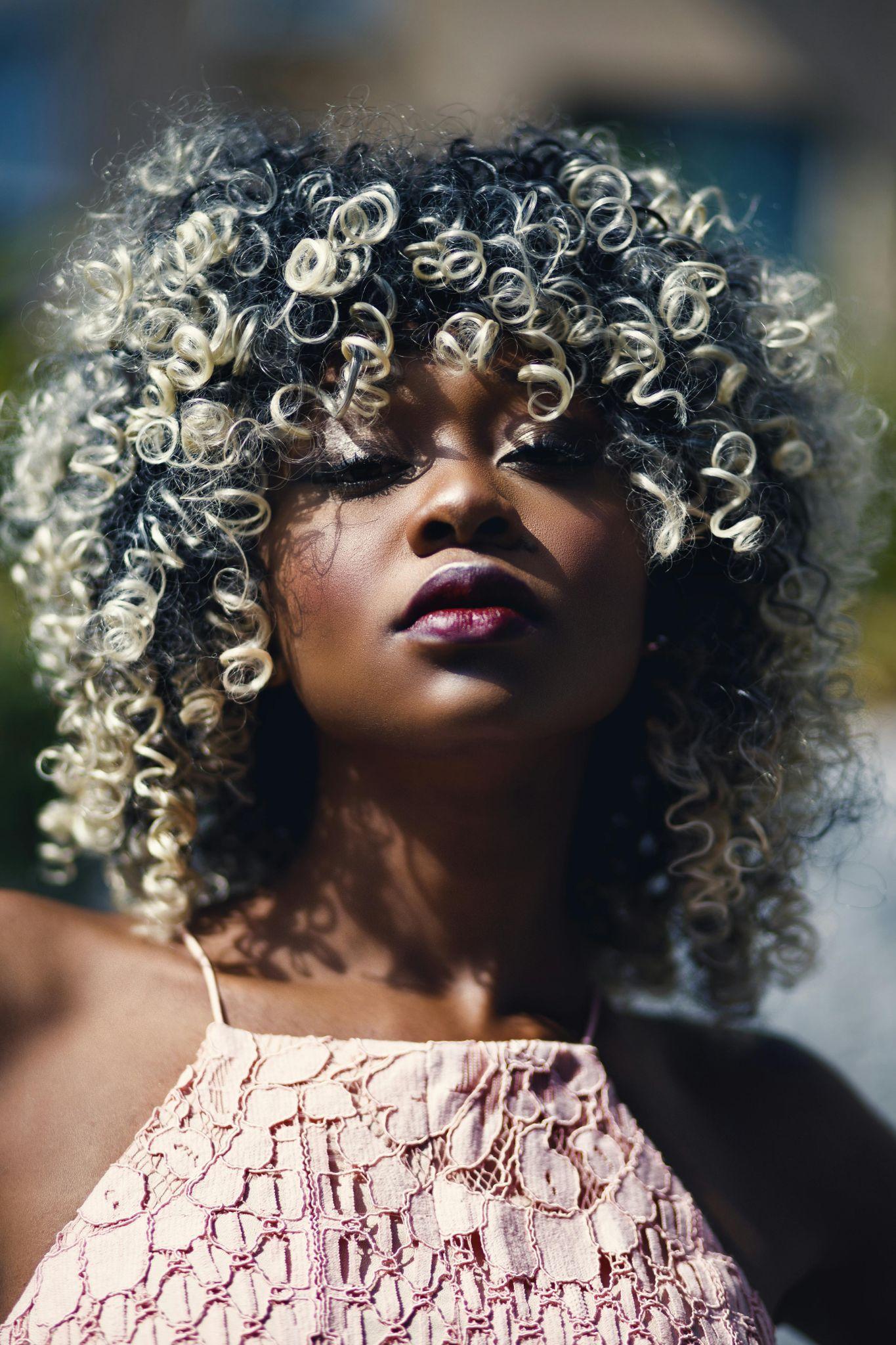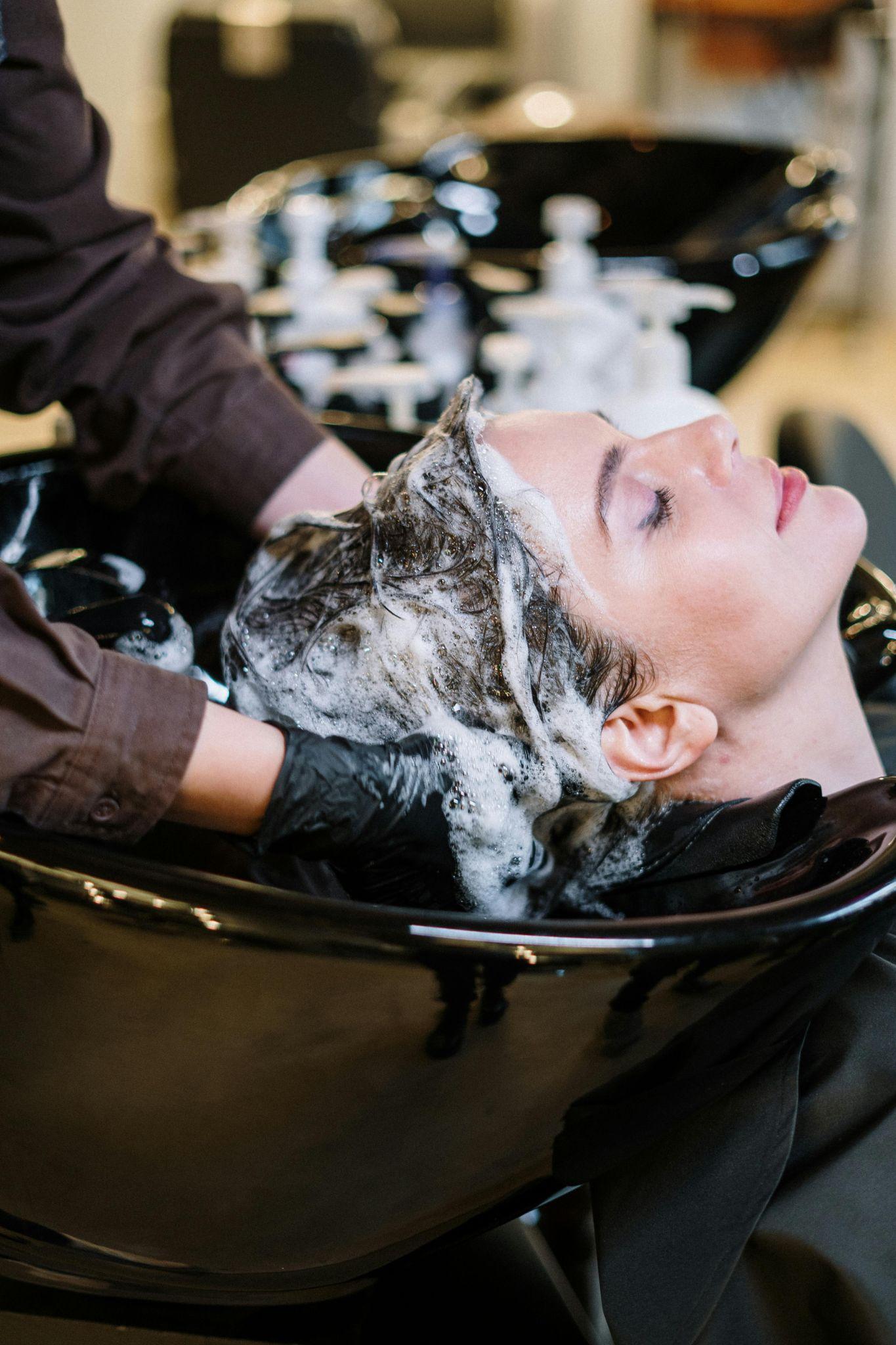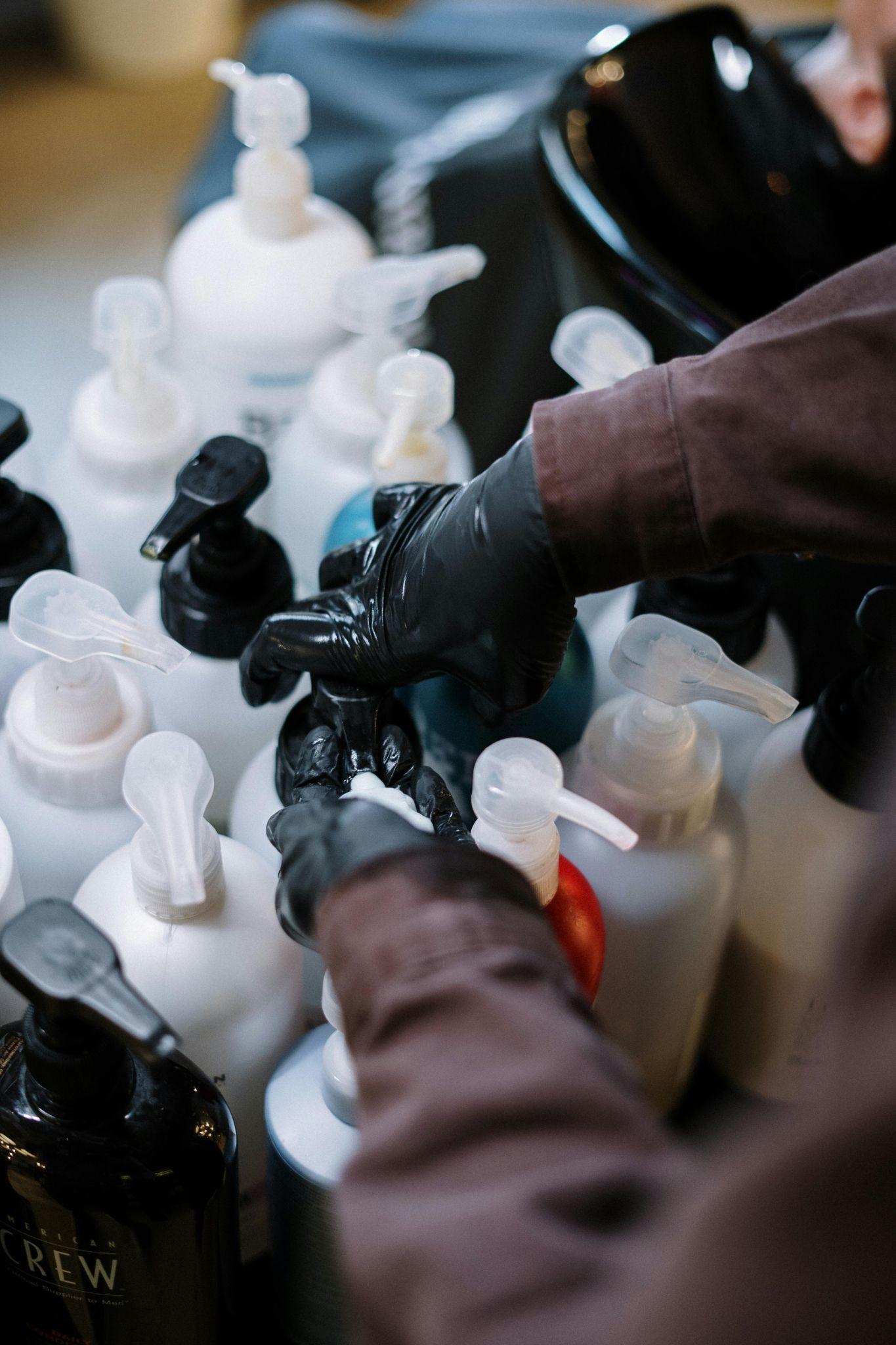Healthy, beautiful hair doesn’t happen by chance—it’s the result of a consistent, well-thought-out haircare routine that’s tailored to your unique hair type. Whether your locks are straight, wavy, curly, or coily, understanding your hair’s needs and treating it with the right care can transform your hair’s health and appearance. This guide will walk you through building a personalized haircare routine for every hair type, helping you achieve the luscious hair you’ve always dreamed of.
Understanding Your Hair Type
Before we delve into crafting the perfect haircare routine, it’s essential to first understand your hair type. Hair is typically categorized into four main types: https://hairproductschoice.com/what-is-hair-serum/
1. Straight Hair

- Characteristics: Smooth and shiny, straight hair allows natural oils from the scalp to travel down the hair shaft easily. It may be fine, medium, or thick.
- Common Issues: Tends to become oily quickly, can appear flat and lack volume.
2. Wavy Hair
- Characteristics: Wavy hair has a natural wave pattern that falls somewhere between straight and curly. It can range from loose, tousled waves to more defined patterns.
- Common Issues: Prone to frizz, can lack definition, and sometimes dries out.
3. Curly Hair

- Characteristics: This hair type forms natural curls or spirals, varying from loose to tight. Curly hair is often full of volume but can be fragile.
- Common Issues: Frizz, tangling, and dryness are common challenges.
4. Coily Hair
- Characteristics: Coily hair, also known as kinky or afro-textured hair, features tight curls or zig-zag patterns. It is the most delicate hair type and often experiences shrinkage.
- Common Issues: Prone to breakage, extreme dryness, and shrinkage.
Crafting the Perfect Haircare Routine for All Hair Types
Now that you understand your hair type, let’s build a haircare routine that works best for you. Each step in this routine is designed to address the specific needs of your hair, ensuring it stays healthy and vibrant.
1. Cleansing: The Cornerstone of a Healthy Haircare Routine
Cleansing your hair and scalp is the foundation of any effective haircare routine. A clean scalp promotes healthy hair growth and ensures other products work more effectively.
a. Choosing the Right Shampoo

- Straight Hair: Opt for a gentle, sulfate-free shampoo that won’t strip away too much of your natural oils, keeping your hair light and fresh.
- Wavy Hair: A hydrating shampoo that provides moisture without weighing down your waves is ideal.
- Curly Hair: Look for a sulfate-free, moisturizing shampoo that helps maintain the hydration your curls need.
- Coily Hair: Consider using a co-wash (conditioner wash) to cleanse your hair without stripping it of its natural oils.
b. How Often Should You Wash Your Hair?
- Straight Hair: 2-3 times a week to prevent oil buildup while maintaining volume.
- Wavy Hair: Also 2-3 times a week, adjusting based on how oily your hair gets.
- Curly Hair: Once a week or even less often to help retain moisture and reduce frizz.
- Coily Hair: Washing once a week or bi-weekly is often sufficient to prevent dryness.
2. Conditioning: Essential for Soft and Manageable Hair

Conditioning is crucial for providing your hair with the moisture it needs to stay healthy, soft, and manageable. It helps to detangle, smooth, and protect your hair from damage.
a. Selecting the Right Conditioner https://hairproductschoice.com/
- Straight Hair: Use a lightweight conditioner that won’t weigh your hair down or make it greasy.
- Wavy Hair: Choose a hydrating conditioner that provides moisture without leaving any heavy residue.
- Curly Hair: Opt for a rich, creamy conditioner that deeply moisturizes and helps define your curls.
- Coily Hair: A deep conditioner or leave-in conditioner is essential for maintaining hydration and preventing breakage.
b. Deep Conditioning Treatments
- Frequency: Incorporate deep conditioning into your routine once a week for curly and coily hair, and every other week for straight and wavy hair.
- Types: Use protein treatments for strengthening and moisture masks for intense hydration.
3. Moisturizing: Keeping Hair Hydrated and Vibrant
Moisturizing is an important step for all hair types, especially for those with curly or coily hair, which tend to be naturally drier.
a. Leave-In Conditioners

- Why Use Them?: Leave-in conditioners provide additional moisture and protection throughout the day, keeping your hair soft, smooth, and easy to manage.
- Application: Apply to damp hair, focusing on the ends, after washing and conditioning.
b. Hair Oils and Serums
- Straight Hair: Use lightweight serums that add shine without making your hair feel greasy.
- Wavy Hair: Light oils like argan oil help tame frizz and add shine without weighing down your waves.
- Curly Hair: Richer oils such as jojoba or coconut oil work well to lock in moisture and define curls.
- Coily Hair: Heavier oils like castor oil are excellent for sealing in moisture and protecting the hair from dryness and breakage.
4. Styling: Enhancing Your Natural Hair Texture
Styling is where you can express your creativity, but it’s essential to choose products and techniques that enhance, rather than fight against, your natural hair texture.
a. Styling Products
- Straight Hair: Use mousse or volumizing spray to add body and texture.
- Wavy Hair: Opt for lightweight gels or creams that define waves without making them crunchy.
- Curly Hair: Curl creams or gels are perfect for providing hold and definition without frizz.
- Coily Hair: Butters or heavy creams are ideal for defining coils while adding much-needed moisture.
b. Heat Styling: Use With Caution
- Minimizing Damage: Always apply a heat protectant before using hot tools like flat irons or curling wands. Limit heat styling to reduce damage and breakage.
- Air-Drying: Whenever possible, air-drying is the healthiest option, especially for wavy, curly, and coily hair types, as it reduces heat damage.
5. Protecting: Safeguarding Your Hair From Damage
Protection is the final, crucial step in maintaining your hair’s health and longevity. By taking a few preventive measures, you can keep your hair looking its best.
a. Nighttime Care
- Silk or Satin Pillowcases: These reduce friction and help prevent breakage and frizz.
- Protective Hairstyles: Braids, buns, or twists can protect your hair from tangling and damage while you sleep.
b. Sun and Pollution Protection

- UV Protection: Use hair products that offer UV protection, particularly if you spend a lot of time outdoors. The sun can cause significant damage to your hair if it’s left unprotected.
- Anti-Pollution Sprays: These sprays create a protective barrier between your hair and environmental pollutants, helping to keep it clean and healthy.
6. Adapting Your Routine: Responding to Your Hair’s Changing Needs
Your hair’s needs can change due to factors like weather, hormonal shifts, or stress. It’s important to stay attuned to these changes and adjust your routine as needed.
a. Seasonal Adjustments
- Winter: Increase your focus on moisturizing and protecting your hair from the dry, cold air.
- Summer: Switch to lighter products and emphasize protection from the sun and humidity.
b. Hormonal Changes
- Pregnancy and Menopause: These life stages can bring about significant changes in your hair’s texture, volume, and growth. Be prepared to tweak your routine to meet these new challenges.

Conclusion: Building the Perfect Haircare Routine for Every Hair Type
Building the perfect haircare routine is an ongoing journey of understanding and responding to your hair’s unique needs. By following this ultimate guide to building a haircare routine for every hair type, you’ll be well on your way to achieving hair that not only looks beautiful but feels healthy too. Remember, consistency is key—stick to your routine, listen to your hair, and make adjustments as needed. With time and care, you’ll enjoy the rewards of strong, vibrant, and gorgeous hair.